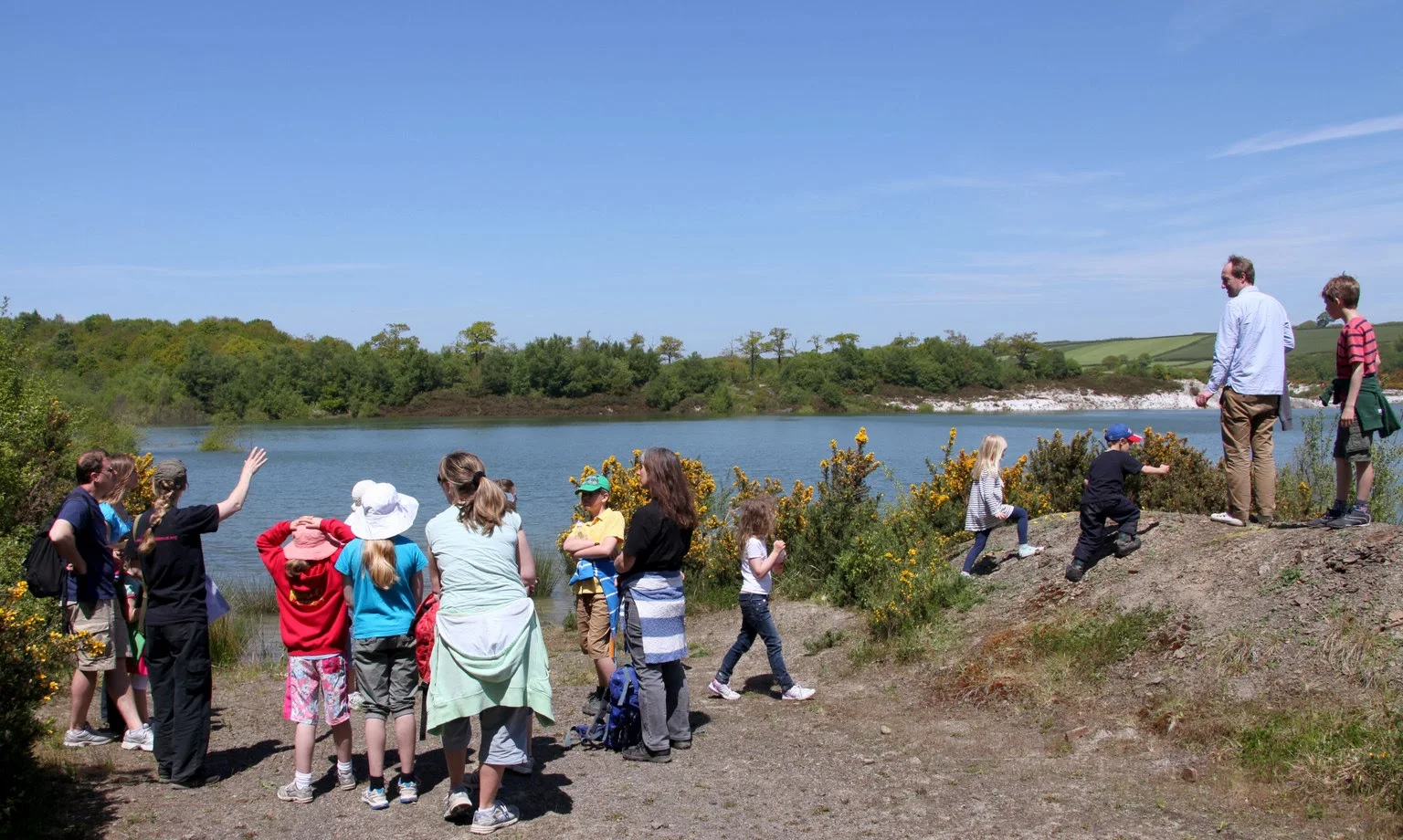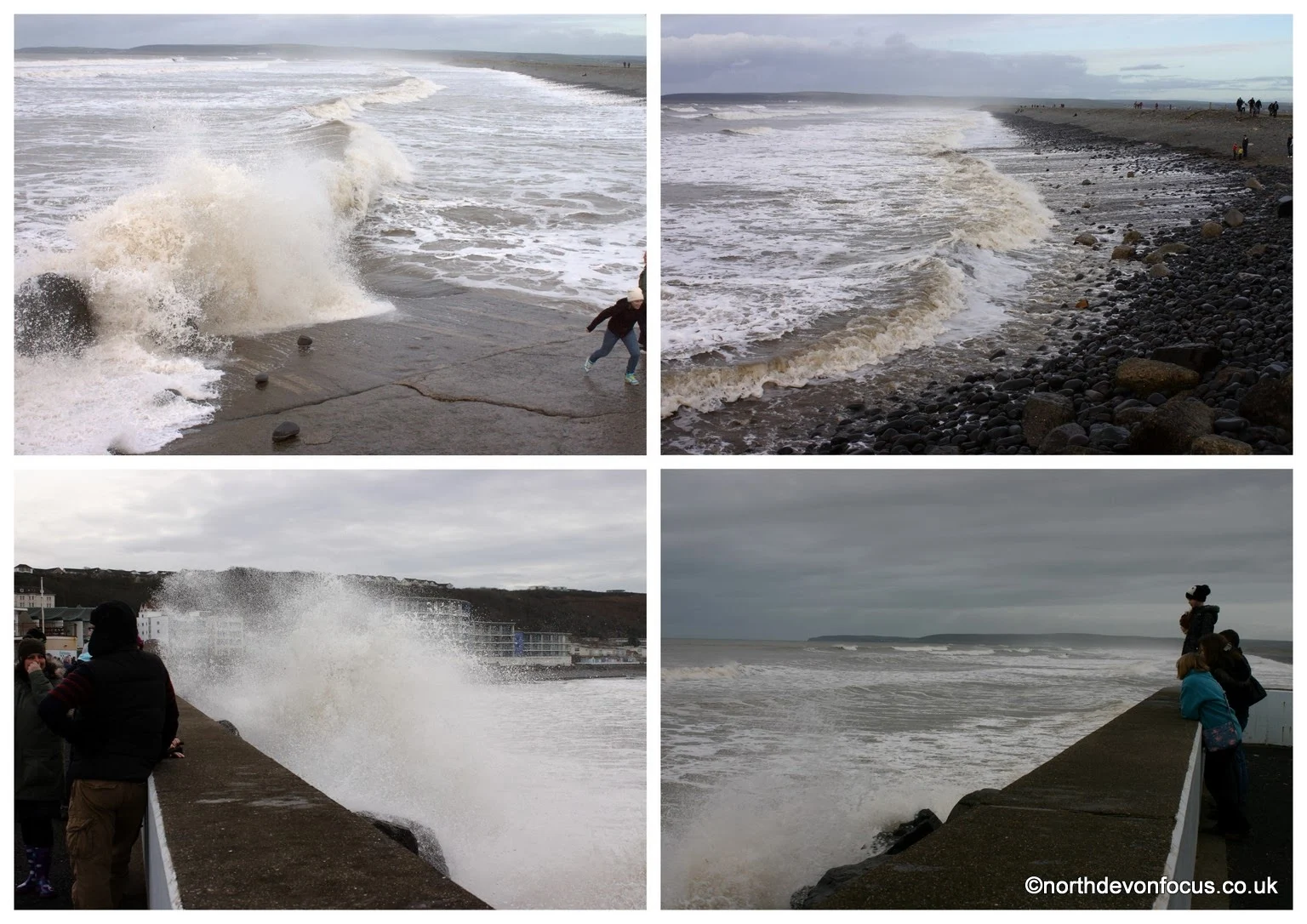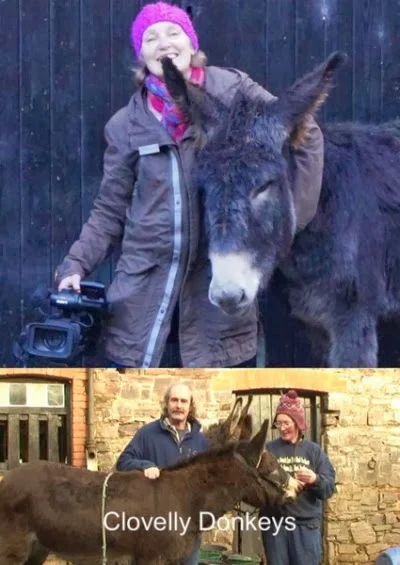Call on Government to save remaining wildlife-rich grasslands and help farmers halt 'catastrophic' decline A dramatic decline in our remaining wildlife-rich grasslands is highlighted by The Wildlife Trusts today. Reports collated across the country tell a story of devastating losses. Wildlife-rich grasslands provide great benefits to society and are vital resources: for bees and other pollinators which we all rely on; for the abundance of nature which depends on wild grasses and flowers, from butterflies to barn owls; for securing soils and enabling landscapes to hold and filter water, preventing flooding and pollution; for carbon storage, and as living museums which have evolved over millennia. These beautiful and valuable habitats are vanishing - and the dazzling array of species that depend on them are under threat. Stephen Trotter, The Wildlife Trusts' Director, England, says: "Wildlife-rich grasslands have been in trouble for decades, but our newly collated information shows that the remaining hay meadows and flower-rich pastures are still at risk. We're seeing an insidious yet catastrophic decline. The pressures are enormous: from development and changes in agricultural practices, to neglect. The Government is currently making decisions on how it will implement the greening measures of the Common Agricultural Policy and how it will target grants to farmers in the future. We are calling on Ministers to take full account of the value of our remaining wildlife-rich grasslands and the threats they face as they make these decisions." The Wildlife Trusts are also calling for a review of protection for environmentally important grasslands - more must be done to strengthen policy and regulations to prevent further losses. Stephen Trotter explains: "If we don't act fast we'll lose the natural heritage that has inspired writers and artists through generations - from Shakespeare to Hockney. If we don't act now we'll lose an important natural resource that benefits farming, wildlife and people. The shocking examples of our best sites in decline should be a wake-up call for Government to start working now with farmers, local authorities and nature organisations to halt the loss." In Devon the picture reflects the national story of decline. Peter Burgess, Conservation Advocacy Manager of the Devon Wildlife Trust says: "Many of our most treasured grassland sites have been lost as they become increasingly difficult to farm. If we were to look at North Devon's Culm grasslands as just one example, only 10% of those that existed in 1900 are still around today." However, Peter believes that all is not necessarily lost: "Over the past 20 years Devon Wildlife Trust has worked alongside hundreds of farmers in Devon to restore and re-create wildlife rich grasslands. DWT helps provide solutions to these problems by connecting farmers to environmental grants and through the provision of specialist equipment and hardy grazing livestock." The results of this kind of work have been impressive. Peter continues: "More than 3,500 hectares of the county's most important habitats, Culm grasslands, have been restored in this way. In the most important locations radical techniques have been employed such as felling of conifers to bring back and reconnect our treasured grassland wildlife. By working in close partnership we know that amazing results can be achieved, however, across the county the picture remains worrying with continued, dramatic losses still being recorded." Because of the continued loss of the nation's precious grasslands The Wildlife Trusts are calling for a full review of existing protection for environmentally important grasslands and asking the Government to:
1) Improve existing laws and policies and effectively enforce them - Environmental Impact Assessment (Agriculture) Regulations strengthened and grasslands given better protection through planning policy.
2) Support wildlife-rich grasslands on farmland - Farmers should be fully rewarded for managing important grasslands (e.g. through farmland conservation schemes) and attach stronger requirements for protection to the direct payments farmers receive for managing land.
3) Award statutory protection to more grassland sites that deserve it - Species-rich grassland sites that qualify should become protected SSSIs (Sites of Special Scientific Interest) as quickly as possible.
4) Set up a national grassland inventory - A new national inventory of important grasslands in England (similar to that for ancient woodland) should be established with sustained monitoring of sites in the future.
5) Restore more wildlife-rich grasslands - Grassland restoration projects delivered in partnership with landowners by local Wildlife Trusts and others should be encouraged and sustained.
The Wildlife Trusts will launch an e-petition aimed at Environment Secretary, Owen Paterson, from Thursday 3rd April for five weeks - see wildlifetrusts.org
1) Improve existing laws and policies and effectively enforce them - Environmental Impact Assessment (Agriculture) Regulations strengthened and grasslands given better protection through planning policy.
2) Support wildlife-rich grasslands on farmland - Farmers should be fully rewarded for managing important grasslands (e.g. through farmland conservation schemes) and attach stronger requirements for protection to the direct payments farmers receive for managing land.
3) Award statutory protection to more grassland sites that deserve it - Species-rich grassland sites that qualify should become protected SSSIs (Sites of Special Scientific Interest) as quickly as possible.
4) Set up a national grassland inventory - A new national inventory of important grasslands in England (similar to that for ancient woodland) should be established with sustained monitoring of sites in the future.
5) Restore more wildlife-rich grasslands - Grassland restoration projects delivered in partnership with landowners by local Wildlife Trusts and others should be encouraged and sustained.
The Wildlife Trusts will launch an e-petition aimed at Environment Secretary, Owen Paterson, from Thursday 3rd April for five weeks - see wildlifetrusts.org
Photo: Devon Wildlife Trust's Meshaw Moor nature reserve north Devon.
Copyright David Chamberlain (All rights reserved)

+re+sized.jpg)




.jpg)






